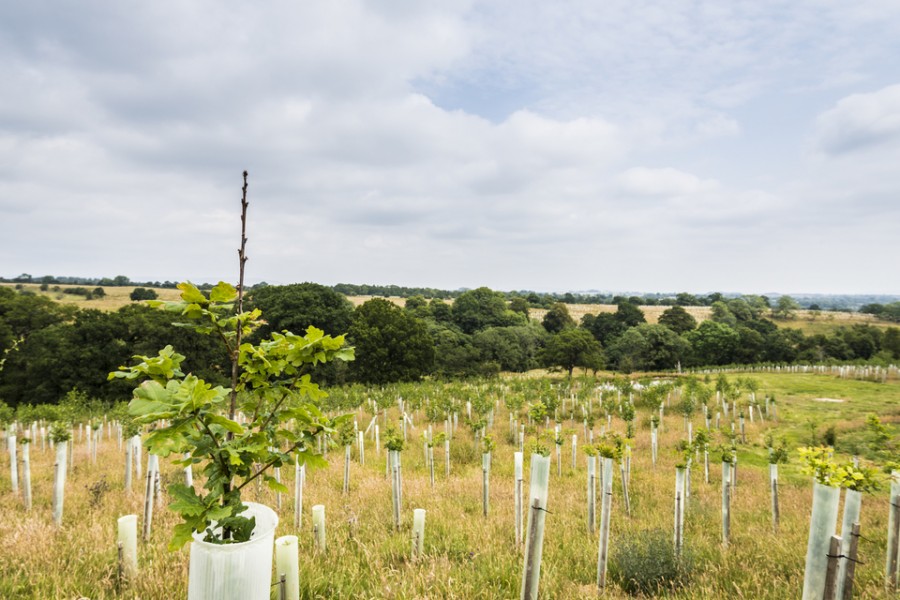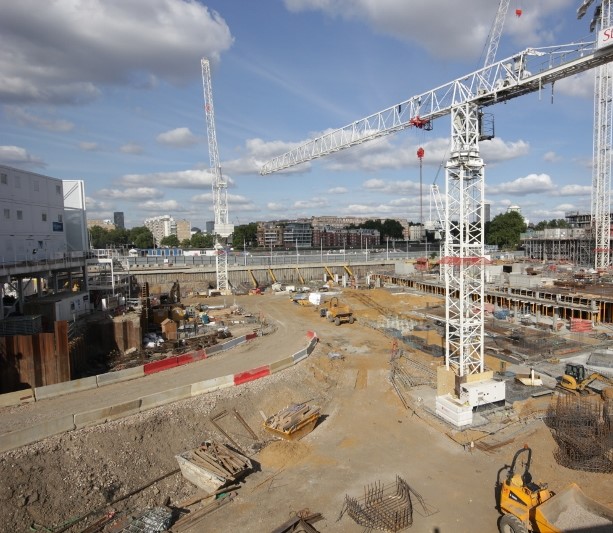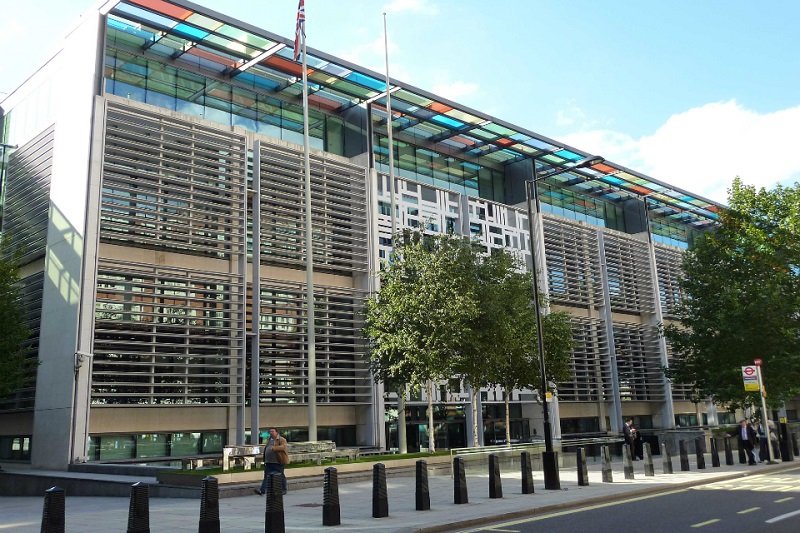Woodland creation is critical for the UK meeting net zero by 2050.
While the Government’s tree planting targets are welcome, the Environmental Audit Committee concludes it is extremely unlikely that they will be met with only two autumn through spring planting seasons to go to meet the Government’s March 2025 deadline.
Woodland creation is integral to delivering many of the Government’s sustainability goals, including achievement of its net zero and nature restoration targets.
Trees and woodlands are clearly essential to the provision of timber and other wood products: UK-sourced timber will help meet the growing demand for low-carbon construction materials, and biomass from woodland residues could continue to play a role in bioenergy generation, if governed well and sustainably sourced.

A significant expansion of woodland cover is therefore required to compensate for predicted shortfalls in the supply of domestically produced softwood timber and to deliver the UK’s climate and environment goals. Yet at present, the rate of planting is less than half of the Government’s target to plant 30,000 hectares by March 2025. This is the overall UK goal: each UK nation has additional targets it seeks to meet.
The Committee therefore argues that it is time for concerted action in both the private and public sectors in order for these planting targets to be met as soon as possible.
The private sector will be responsible for planting the lion’s share of the trees required, but need a clear vision from the Government. The private sector must make the best use of schemes available to them. The Government’s forthcoming Land Use Framework will be important to illustrate to landowners the competing demands – food, nature and climate – on our land.
There are a number of overlapping Government initiatives and strategies variously aimed at increasing tree cover. The Environmental Audit Committee argues that the Government’s tree planting policies and schemes should be fully integrated into a single, holistic strategy. To give greater clarity to the whole forestry sector, from nurseries through to foresters, land managers and end-users of timber, the Committee recommends that the Government divide its overall tree planting targets for England into sub-categories for the types of woodland needed to achieve its goals.
It is imperative that the right tree is planted in the right place: native broadleaves offer ideal habitats for nature, while conifers supply softwood for timber use. They should be planted to the current UK Forestry Standard, but the Committee is concerned that this standard is not routinely monitored and Forestry England lacks the resource to do this in as timely a fashion as needed or beyond establishment stage. The Committee argues that this resourcing issue ought to be addressed urgently to provide assurance as to the continuing health and sustainability of the nation’s woodlands.
The UK’s state forest organisations currently own or manage a quarter of UK woodland. Forestry England should look at how they use their land, whether freehold or leasehold, to continue to contribute to achieving the national tree planting targets, particularly as its forests are substantial suppliers of domestically grown timber. The Committee is disappointed to observe that Forestry England is not currently on track to contribute fully to national tree planting targets: to date it has only planted 303 hectares against its own target of 2,000 hectares between 2021-2026. Ministers should also commission work to identify opportunities for woodland creation on the wider Government estate.
The Committee stresses that the biomass used in UK power generation must be genuinely sustainably sourced, and the Government must urgently address current sustainability concerns through improvements to its governance framework for biomass and in the forthcoming Biomass Strategy.
Environmental Audit Committee Chairman, Rt Hon Philip Dunne MP, said: “As we look to meet our net zero and nature goals, pressures on woodland will grow. The construction industry is increasingly looking to move away from steel and concrete to lower carbon alternatives, and timber is well placed to step in. Increasing productive forestry is welcome, though the Government must ensure that this isn’t at the expense of biodiversity.
“The Government’s target to plant 30,000 hectares of woodland in the UK by March 2025 is welcome, and by and large Ministers appreciate the conflicting challenges and demands on woodland. But the Committee is concerned that England is currently way off meeting its contribution to that UK-wide goal, and that the rate of planting must increase: not only to achieve greater biodiversity, but to ensure that the supply of timber from productive forestry is maintained.
“At the moment there are simply too many overlapping strategies that aim to cover tree planting policies in the UK and in England, and there is little evidence of an overall vision for the timber sector. The numerous strategies are disjointed: what is required is an overarching, holistic strategy that sets a long-term vision for how different types of woodland will be used to deliver Government’s goals.
“The public sector is only responsible for a quarter of UK woodland. The private sector is therefore responsible for the lion’s share of planting, but with unclear strategies, overly bureaucratic schemes and a lack of clear leadership on planting on the public estate, there is little in way of incentive.
“I hope the Government considers our report carefully, particularly as it looks to publish its Land Use Framework later this year. This would be a timely opportunity for Ministers to set out its vision for the future of UK tree planting.”
TDUK CEO, David Hopkins, was pleased to see MPs in the Environmental Audit Committee once again acknowledge the pivotal role timber must play in decarbonising construction in the UK.
“The committee is right to argue for increased domestic timber production, with productive forests in the UK lagging well behind other European states,” he said.
“However, as we have mentioned in our latest APPG report, increasing UK timber supply should be incentivised to complement, rather than replace, imported timber as UK supply alone cannot match demand, even in the medium/long term.
“Additionally, the UK plays a positive role as a net importer of timber, with effective demand-side regulations promoting forest growth around the world.
“It is also excellent to see the Environmental Audit Committee recognise the importance of using more timber in construction.
“Timber is best used in long term construction products like timber frame which have a much higher carbon storage potential than other short term uses.
“The Environmental Audit Committee is a hugely influential advisory body, with its previous report – Building to net zero – culminating in the creation of the Timber in Construction Working Group.
“I look forward to seeing how the government responds to this latest report as well as the release of the Timber in Construction Roadmap later this year.”




















